
The Deep Roots of South Texas: Native History of the Millett–Los Angeles Region
From TheRanch at Camp Ka Hui ‘Ana Series: South Texas Life
Long before the arrival of Spanish explorers or the establishment of towns like Millett, Los Angeles, or Cotulla, the brush country of South Texas—now home to destinations like The Ranch at Camp Ka Hui ’Ana—was a vibrant and complex landscape shaped by thousands of years of native history. The area approximately 10 miles south of present-day Cotulla—straddling what is now La Salle County—was part of a rich corridor of life for indigenous peoples long before it appeared on maps or bore the marks of European colonization. Though often overlooked in mainstream historical narratives, this region holds deep archaeological and cultural significance, echoing with the footsteps of the first peoples to call South Texas home.
A Landscape of Life and Movement
The semi-arid region of South Texas, particularly near the present-day communities of Millett and Los Angeles, was part of a broader ecological zone often referred to by archaeologists as the South Texas Plains. This area, with its mesquite-studded plains, seasonal creeks, and proximity to the Nueces and Rio Grande Rivers, provided sustenance and mobility for human populations as early as 11,000 years ago.
The first inhabitants were likely Paleo-Indians—highly mobile bands of hunter-gatherers who roamed the area in pursuit of now-extinct megafauna like mammoths and giant bison. Stone tools found in parts of South Texas, including projectile points such as Clovis and Folsom types, suggest these early groups were part of a wide-ranging prehistoric network of peoples moving between the plains, deserts, and coastal areas.

Archaic Period: Adaptation and Innovation
As the climate warmed and the Ice Age megafauna disappeared, the region entered what archaeologists call the Archaic Period (roughly 6000 B.C. to A.D. 1000). During this time, the people of the Millett-Los Angeles area developed a more localized and sustainable relationship with the land. They began to exploit a wider variety of plant and animal resources—mesquite beans, prickly pear, pecans, deer, rabbits, and birds—some of which remain part of the diverse wildlife found around modern-day trophy whitetail hunting ranches in the region. They also established semi-permanent encampments along reliable water sources.
One of the most distinctive features of this period in South Texas is the presence of earth ovens, used to bake plant foods such as lechuguilla and sotol. These cooking methods required deep environmental knowledge and communal effort, indicating a sophisticated and socially connected way of life. Archaeological sites in and around La Salle County have revealed burned rock middens—large accumulations of heat-fractured rock—testifying to centuries of repeated use.

Cultural Connections and Regional Networks
The region was not isolated. Archaeological evidence suggests that the native groups of what is now southern La Salle County maintained extensive trade and cultural relationships with neighboring areas. Obsidian points (which are not native to South Texas) and shell artifacts from the Gulf Coast suggest a network of trade routes and intertribal contact that spanned much of prehistoric Texas and northern Mexico.
By the Late Prehistoric Period (around A.D. 1000 to the arrival of Europeans), bow and arrow technology had replaced the atlatl, and pottery—though rare in South Texas—made limited appearances. The emergence of small, mobile village groups reflected a continuation of the hunter-gatherer lifestyle but with increasing regional

Indigenous Peoples at the Time of Contact
When Spanish explorers and missionaries arrived in the 16th and 17th centuries, they encountered numerous small, independent bands in the region. Though names vary depending on the historical source, groups like the Coahuiltecans—an umbrella term for many small bands with similar languages and lifestyles—inhabited the lands of South Texas and northeastern Mexico. These groups were not one single tribe but rather a loose confederation of peoples who shared certain cultural traits, including a nomadic existence based on seasonal resource use.
In the area near Millett and Los Angeles, specific tribal names are more difficult to trace, due in part to the devastating effects of disease, slavery, and forced assimilation that followed European contact. However, it is likely that smaller bands such as the Pajalat, Pacoa, and others whose names are now nearly lost, moved through or lived in this region. These groups often traveled seasonally, spending parts of the year near rivers like the Frio and the Rio Grande—areas not far from where The Ranch at Camp Ka Hui ’Ana now sits, continuing a legacy of land-based tradition.

The Shadow of Colonization
The 18th and 19th centuries brought catastrophic disruption to the indigenous world of South Texas. Spanish missions attempted to convert and settle native peoples, often forcibly. As Anglo-American settlers and ranchers moved into the area in the 19th century, land that had supported indigenous communities for millennia was rapidly transformed into private ranch holdings. The arrival of the railroad and the founding of towns like Cotulla in the 1880s further sealed the shift from indigenous to settler dominance.
Yet despite centuries of displacement and erasure, the deep indigenous roots of the Millett-Los Angeles region remain etched into the landscape. Artifacts still emerge from the soil—stone tools, burned rock clusters, bone fragments—silent witnesses to a world long past but not forgotten.
Legacy and Recognition
Today, efforts by archaeologists, historians, and indigenous descendants aim to recover and honor the South Texas native history its first peoples. While towns like Millett and Los Angeles may seem quiet today, the land they sit on is anything but. Sites like The Ranch at Camp Ka Hui ’Ana now serve as not only stewards of history but hosts of private retreats where guests connect with the land’s deeper story.
By understanding and acknowledging the native and pre-native history of this region, we not only deepen our appreciation of South Texas’s past—we also open pathways to a more inclusive and respectful future.
Share this post: on Twitter on Facebook on LinkedIn


